The muralist whose art is a conversation with nature
Cole Swanson turns to rocks, dirt and lichen to make murals that highlight what often goes unnoticed.
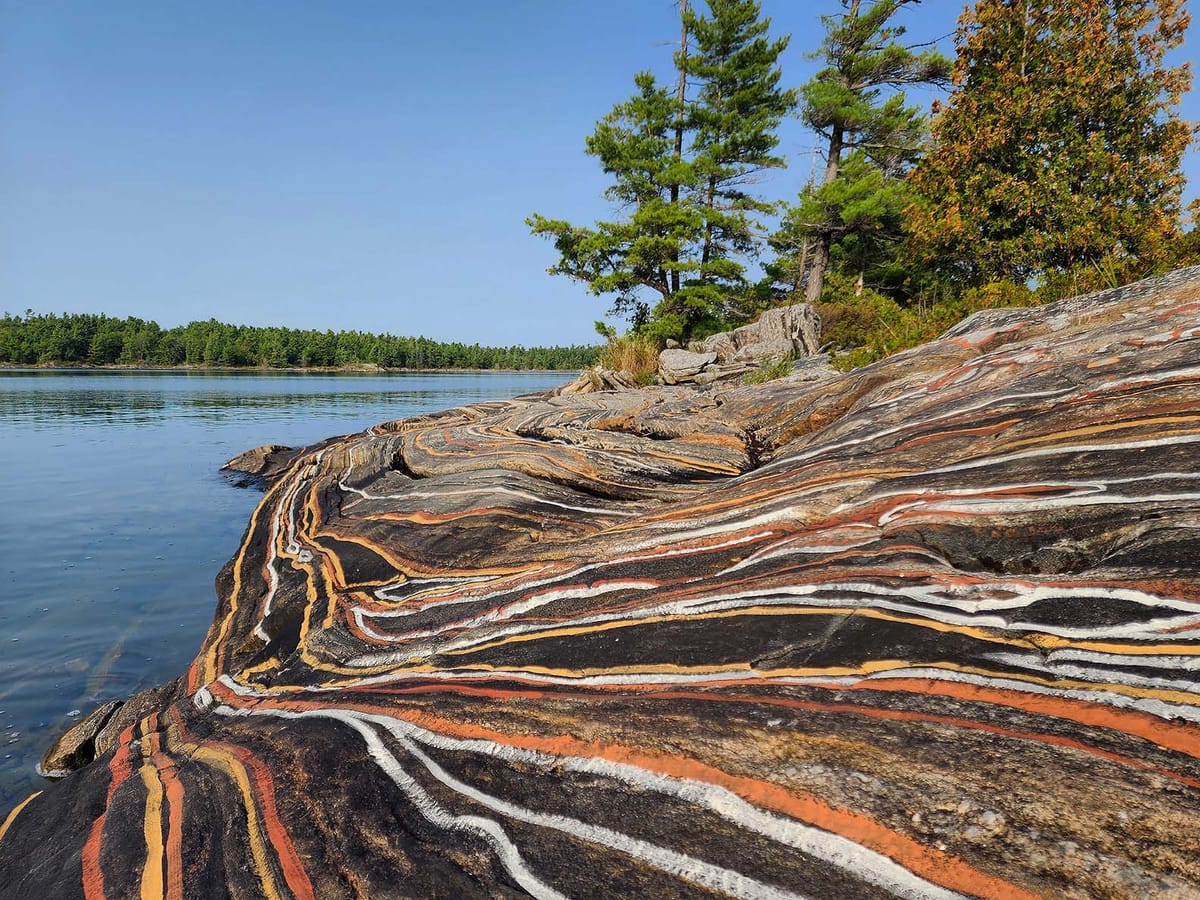

In the Brazilian rainforest on the island of Ilhabela, lichen and other microflora grow on an old wall. That’s not unusual for a building from the 19th century situated in a tropical environment. What is out of the ordinary, though, is that painted lines of raw sienna and yellow ochre outline the natural growth. The overall appearance is of an ancient cave painting of a world map dotted with concentric circles.
The year is 2017 and this former servants’ quarters – rumoured to have housed enslaved people – is the site of Cole Swanson’s first mineral earth mural, “Lecanora Muralis.” The Toronto-based interdisciplinary artist is here, off the coast of São Paulo, for an artists’ residency.
“Painting the wall brought attention to it,” says Swanson. “It got people to ask questions and to marvel over the incredible beauty of this micro universe, which we often don’t even notice.”
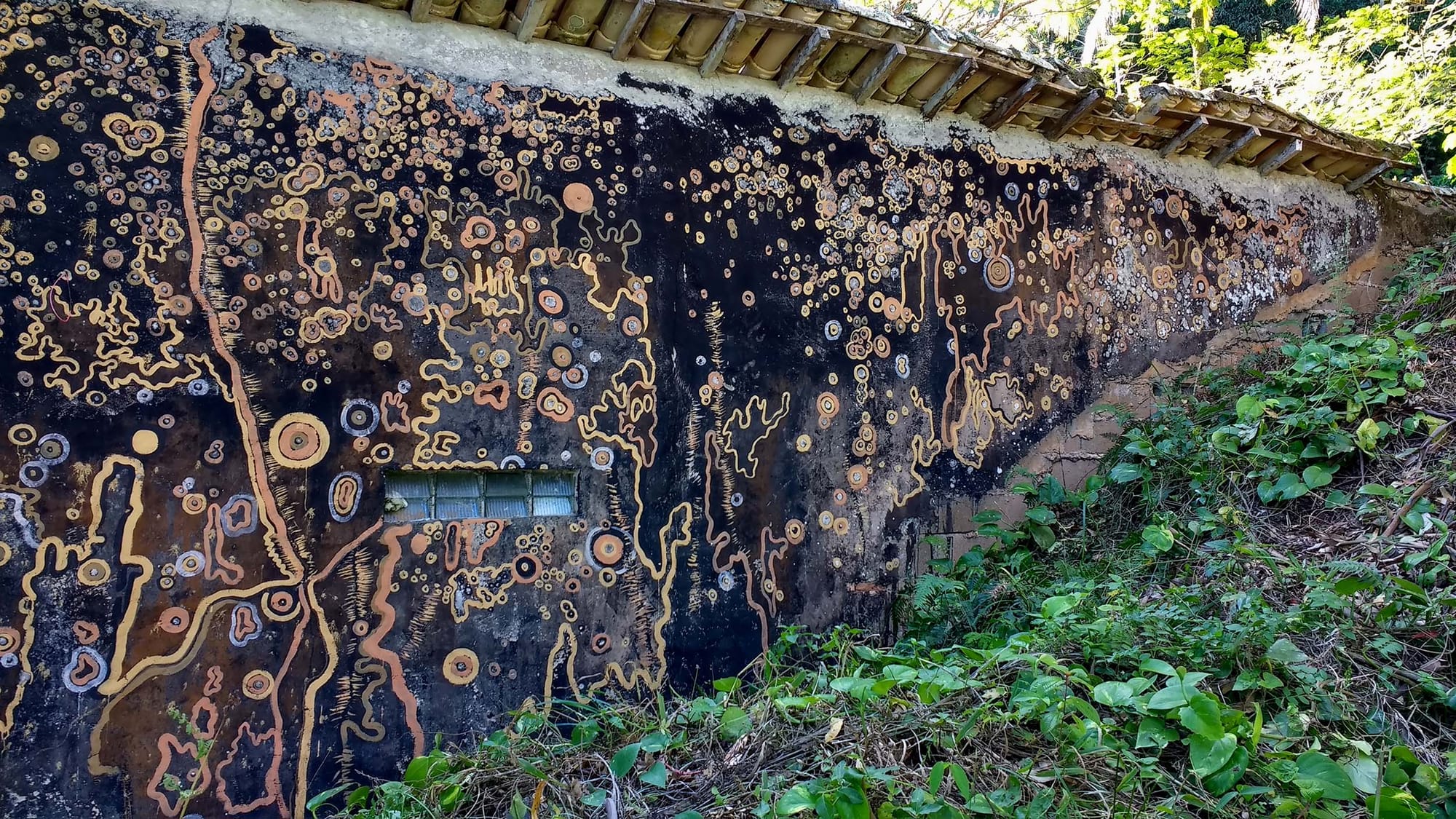
In the days prior to creating his mural, Swanson explored the local area, foraging for rocks, clay and soil from which to make his paints. From these, he extracted and hand-rendered the pigments to produce a range of mineral colours.
Swanson first learned about making mineral paints from his mentor, Dr. Nathu Lal Verma, an artist and scholar of the traditional miniature (illuminated manuscript) style of painting from Rajasthan, India. In contrast to the giant paintings Swanson had been creating in North America with acrylic – aka plastic – he became versed in tiny artworks and handmaking his own, more environmentally friendly paper, brushes and paints. “Every part of the process was some sort of communion with nature,” he says.
In “Lecanora Muralis,” in Brazil, Swanson took the material knowledge he had learned creating miniature paintings in India and applied it on a much larger scale.
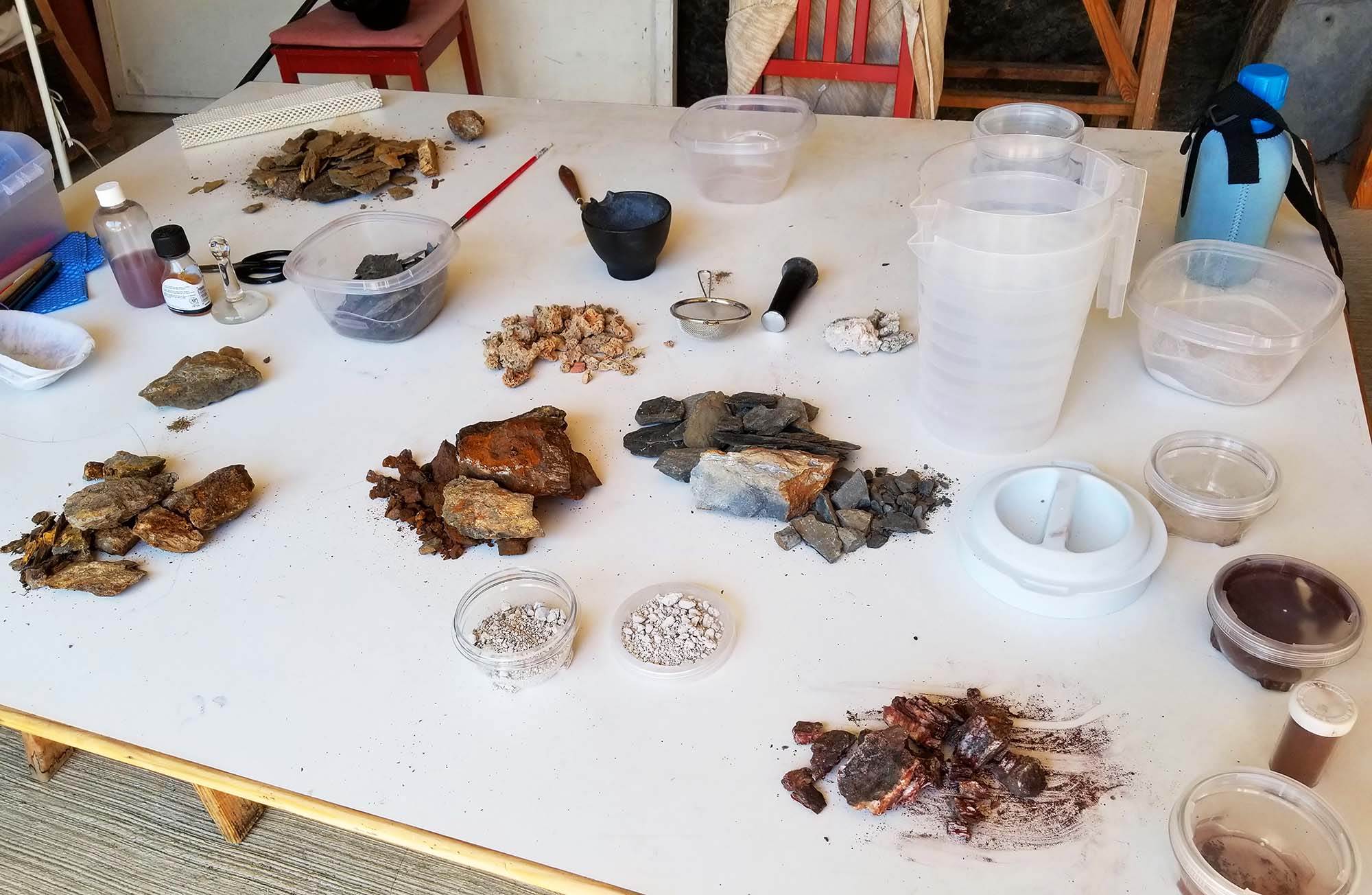
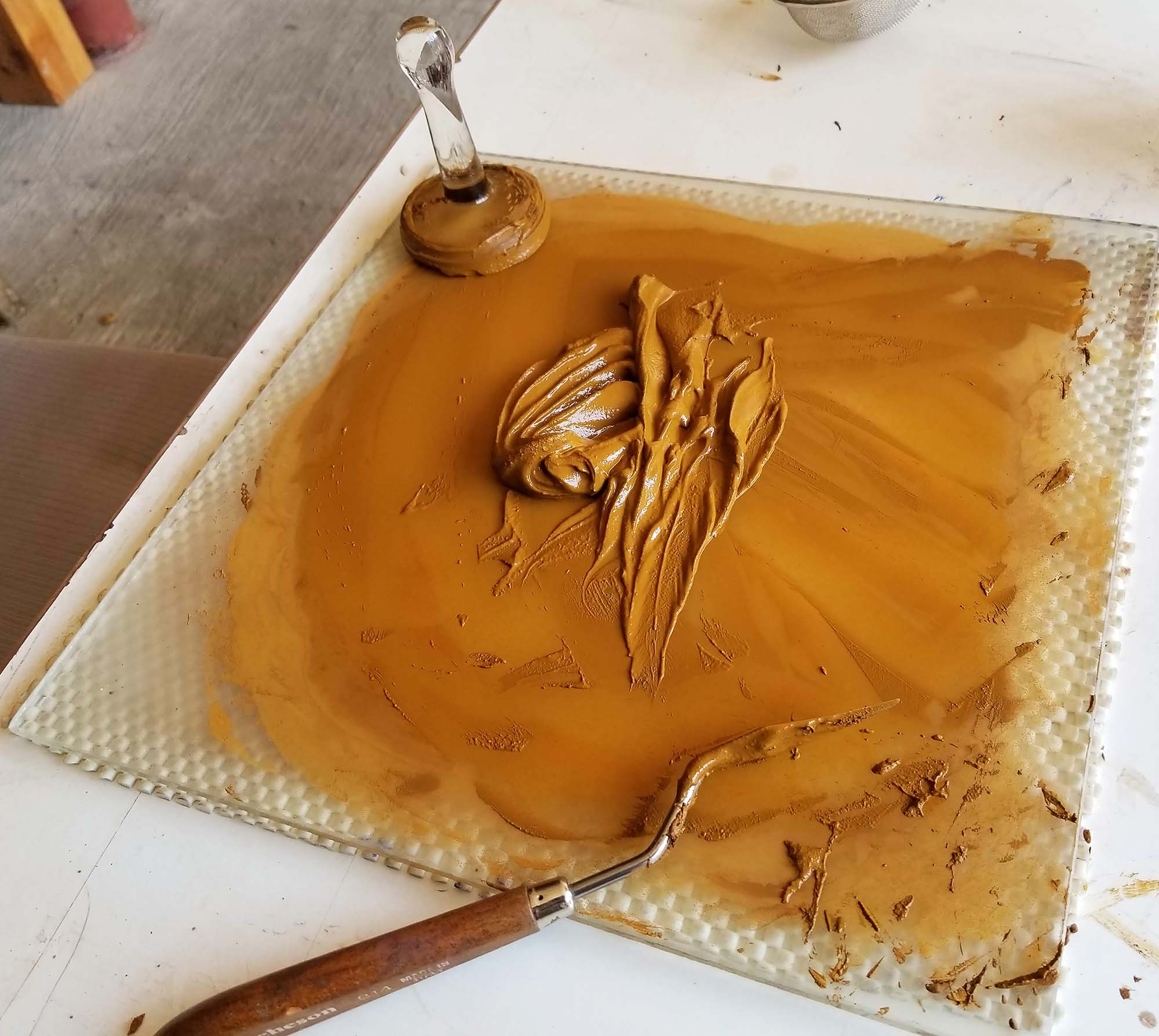
Mineral samples for pigment-making (left) and mulling yellow ochre (right). Studio residency at the Centre d’Art i Natura de Farrera, Catalonia, Spain, 2019. Photos courtesy of the artist.
Since then, he’s created several murals using the same technique. A rooftop in Jaipur, India, sported the iconic pink colour and dot pattern of the region, painted with the help of 50 local community members. The cliffside of a mountain in the Catalan Pyrenees of Spain saw agate-like circles and lines in purple-brown iron-oxide and silvery graphite pigments. And the Precambrian rocky shore of a tiny island in Ontario’s Georgian Bay wore ribbons of reds, yellows and whites for a short time, before washing away.
Each of these murals is ephemeral, as the paint Swanson makes and uses is nontoxic and water-soluble and easily wears off from being exposed to the elements. For him, this is the point. Conscious of the potential environmental harm he could cause by creating site-specific art, Swanson aims for his works to have as little impact on the Earth as possible. “The interventions that I’m participating in are very gentle,” he says. “They can even be biologically encouraging.”

Swanson’s murals, like much of his oeuvre, are firmly rooted in their locations.
Some works address the human element of where they’re situated. They raise questions about a place’s history – like Brazil’s colonial past – or bring together local community, as in Jaipur.
Yet it’s the murals’ connections to their natural surroundings that is prominent throughout all Swanson’s work. “There’s already this kind of embeddedness of the material in the consciousness of the place,” he says.
When Swanson makes a mural – from the time of researching and harvesting pigments to doing the painting – he is in conversation with nature. “Anything I harvest is already part of the symbiotic relationship between the things growing and living in that space,” he says.
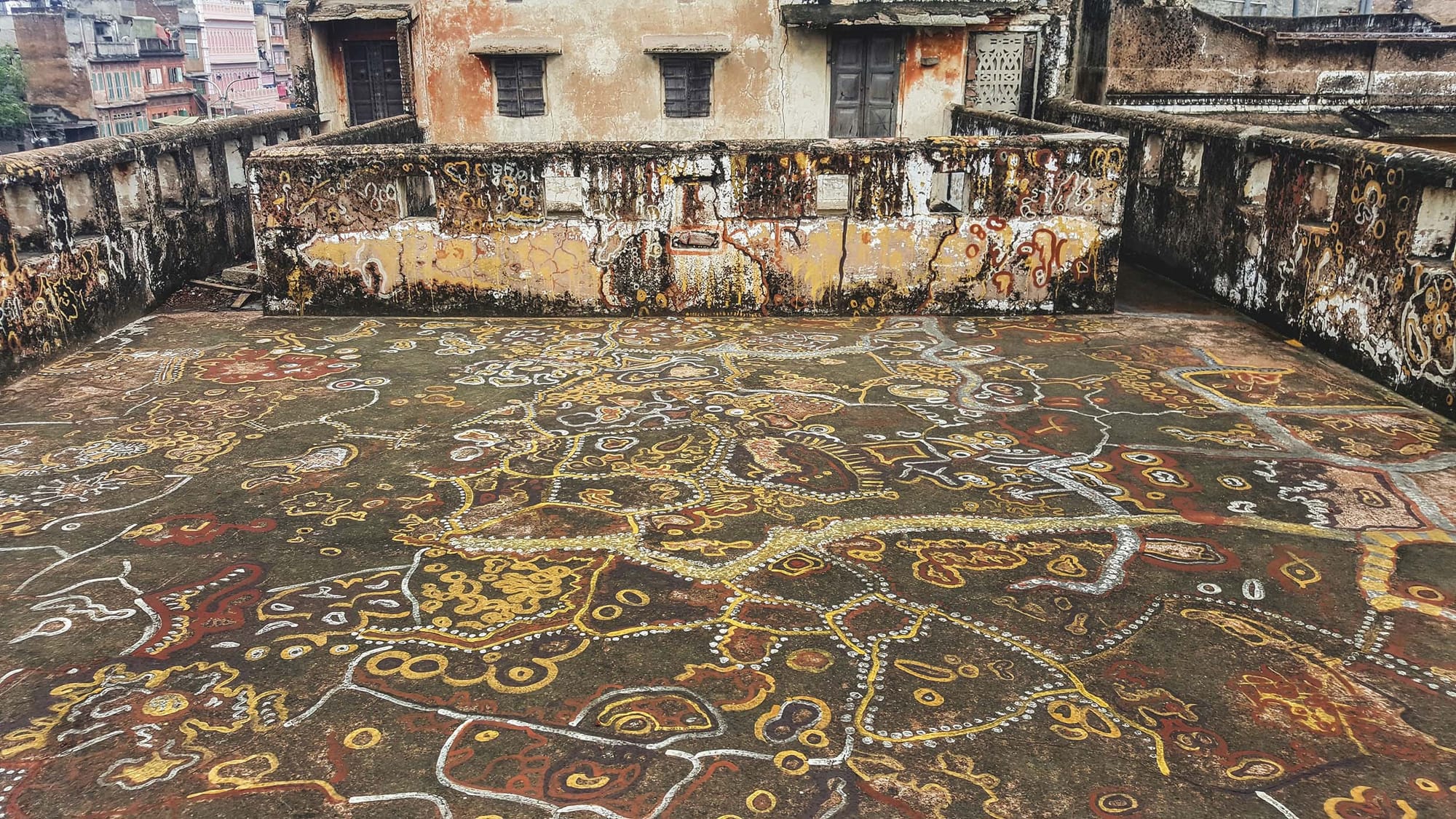
The pigments he uses are borne of the earth and the microflora dictates his mark-making. “It’s improvisational, because I’m reacting to the space,” he says. “It’s responsive to what’s already there.”
In turn, Swanson’s brushstrokes encourage pathways of new growth, as the bacteria feed off the minerals in the paint. His outdoor murals are not so much an artist’s expression, but a cocreation with nature.
“These paintings are really just accentuating that which is already there, but that which most people don’t see,” he says.
Much of Swanson’s work is about noticing the overlooked in nature. Beyond his outdoor murals, he’s eulogized vanishing urban wilderness through video, material process and installation art. His thatched pyramid of phragmites addressed the connection between invasive species and colonialism. Another piece – for which he was awarded a David Suzuki Foundation Rewilding Arts Prize – elevated found household insects with gilded wings and bodies, inspiring awe in what many people usually look at with disgust.
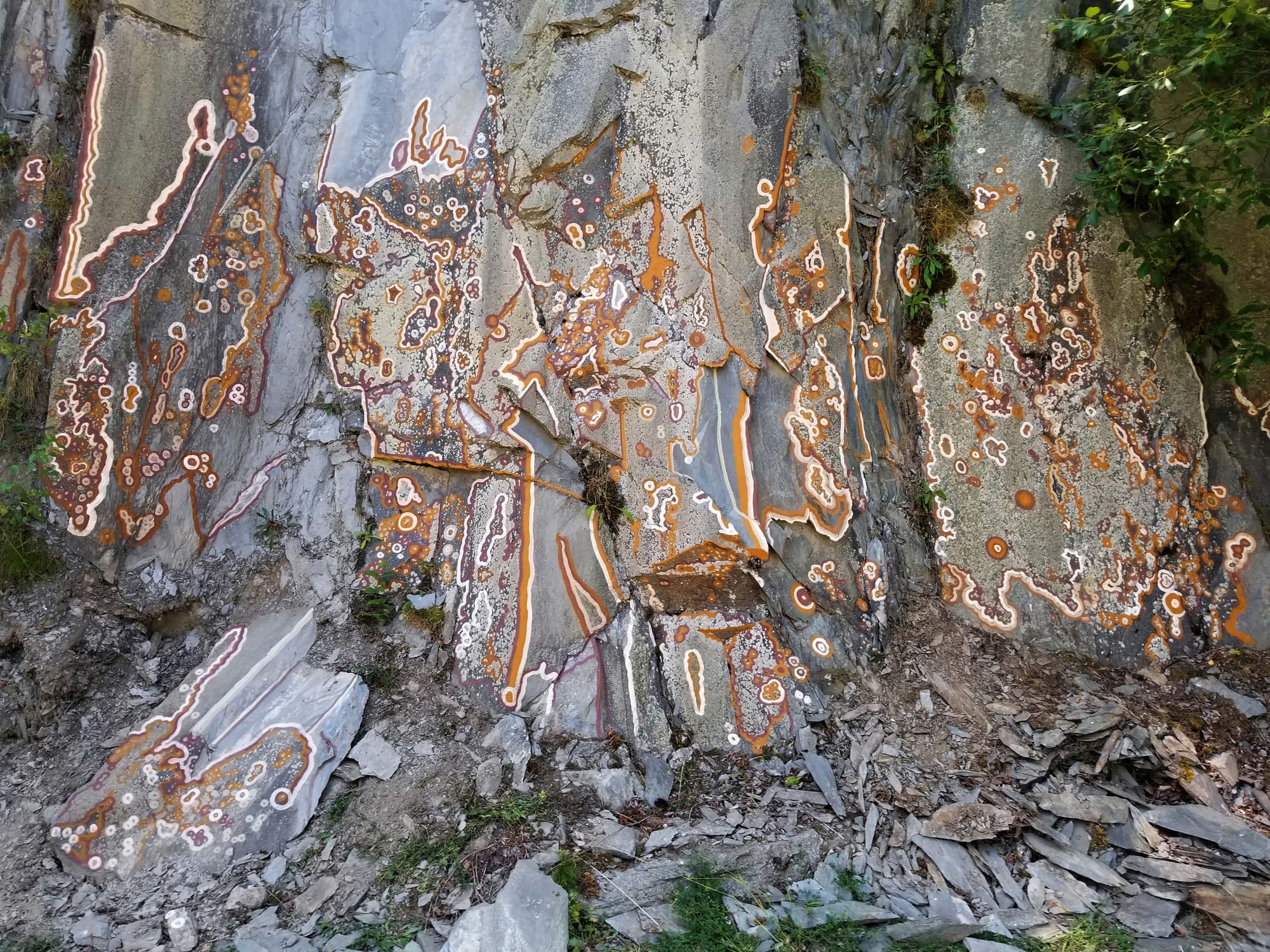
Before switching to art, Swanson studied zoology, and he’s currently a PhD candidate in environmental studies. (Right now he’s researching the much-maligned cormorant.) He draws on his scientific experience in his art practice, which involves extensive research, experimentation and documentation. “The pursuit of some sort of transcendent knowledge is common between the two,” he says of art and science.
Swanson’s art practice influences his academic work, just as his academic work informs his art. “The purpose, and the methodologies of science are very specific, and the purpose and methodologies of art are more fluid,” he says.
He draws on both and uses both to raise issues and start conversations to get people thinking about their impact on the planet, the impact of nature, and the relationships between themselves and their environment.
“I don’t think what I’m individually doing is going to dismantle the system, but I think the more we, as researchers and artists and cultural producers, start to make those connections clear, it starts to encourage people to to think and act differently,” he says.
Meanwhile, in Brazil, nature continues to work on the “Lecanora Muralis” mineral earth mural that Swanson started. His brushstrokes have all but disappeared, but if you look carefully, newer lichen growth reveals the ghost of their shapes.
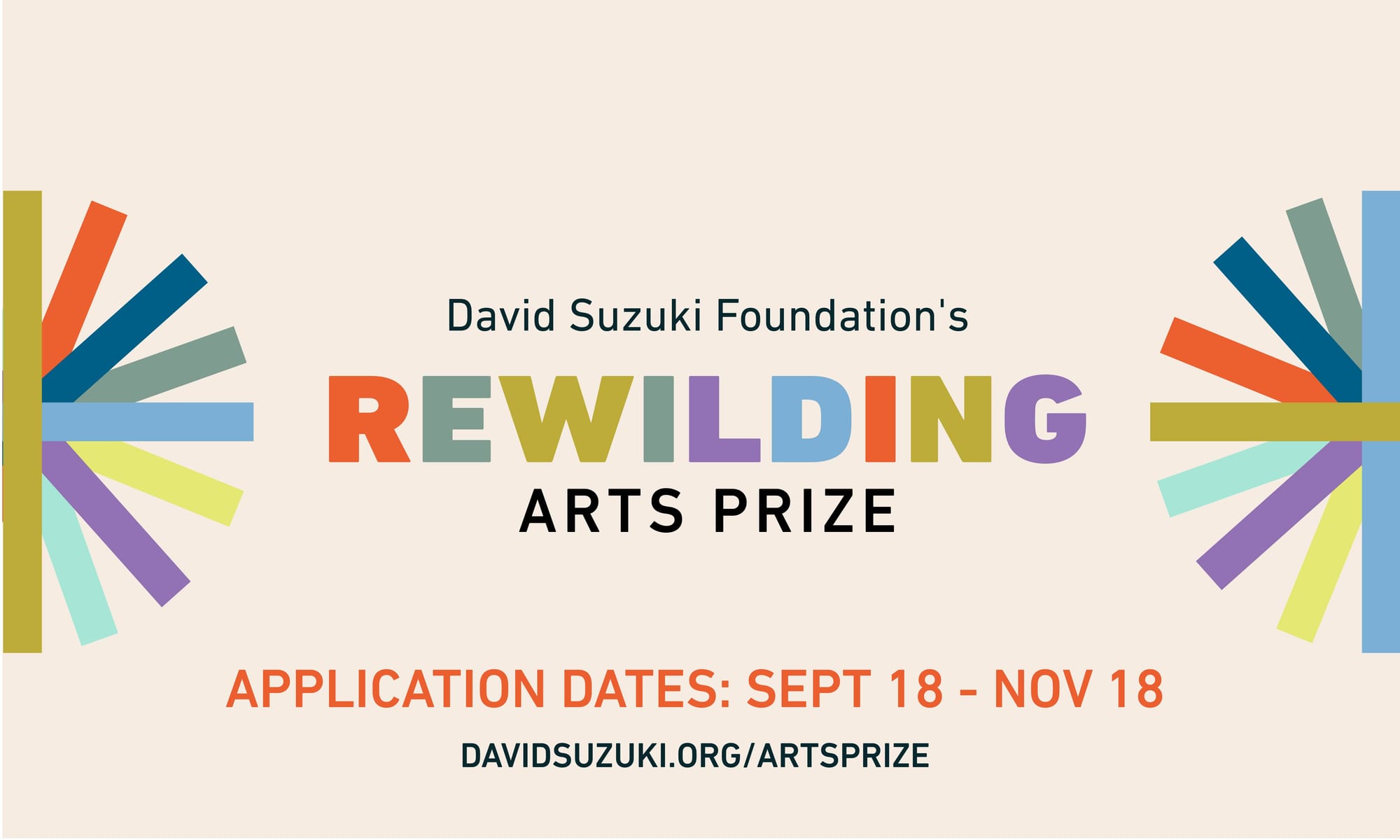
From September 18 to November 18, 2025, we invite artists throughout Canada to apply for the Rewilding Arts Prize. Five winners will each receive a $2,000 prize and be profiled by the David Suzuki Foundation and Rewilding magazine. Winners will also be welcomed into the growing Rewilding Arts Collective, a national network of artists advancing ecological awareness through creative practice.
A jury of artists, including winners from the inaugural prize, will select the recipients. For more information and to enter, visit davidsuzuki.org.


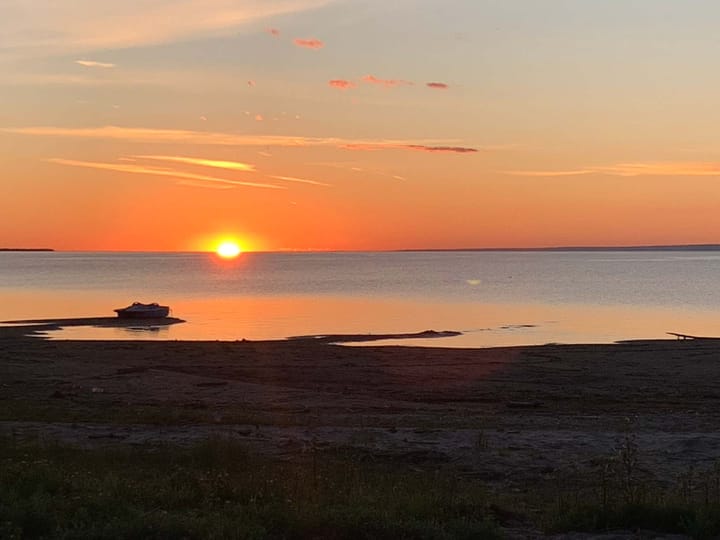
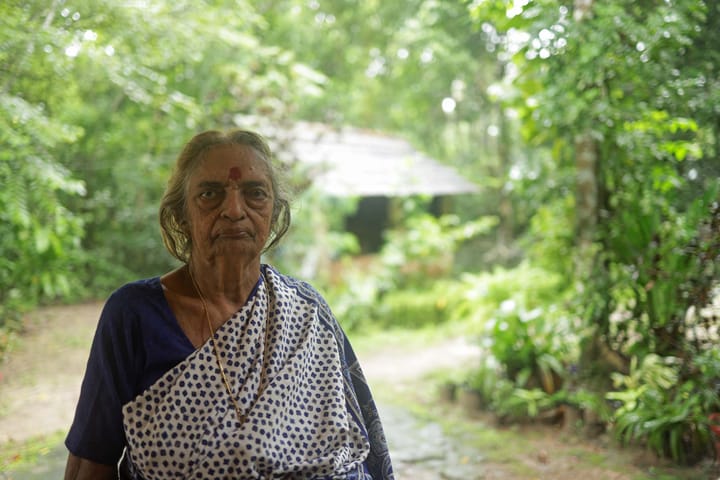
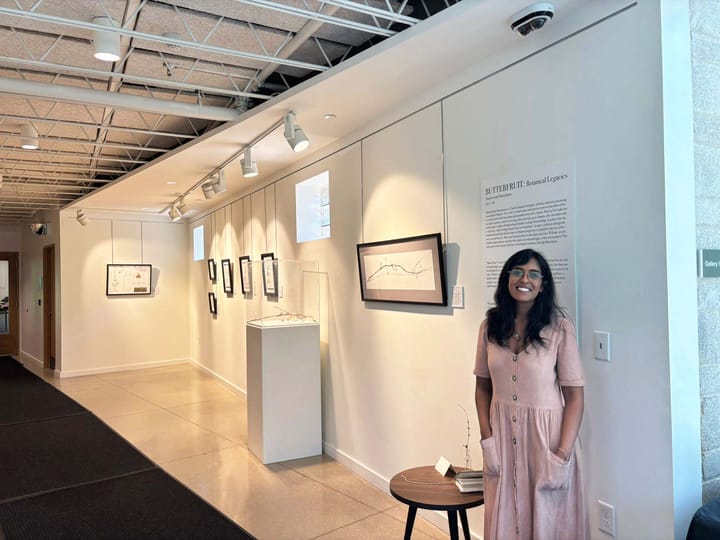

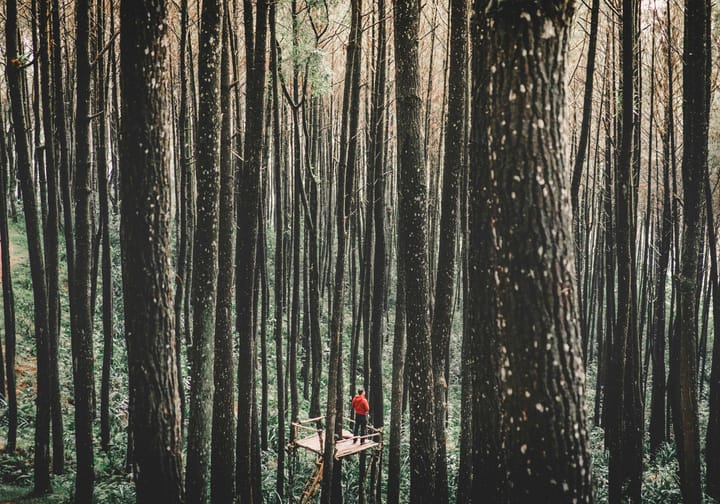
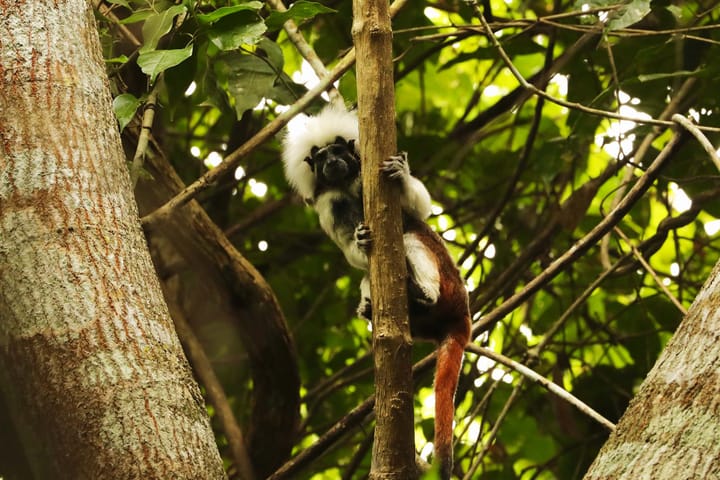
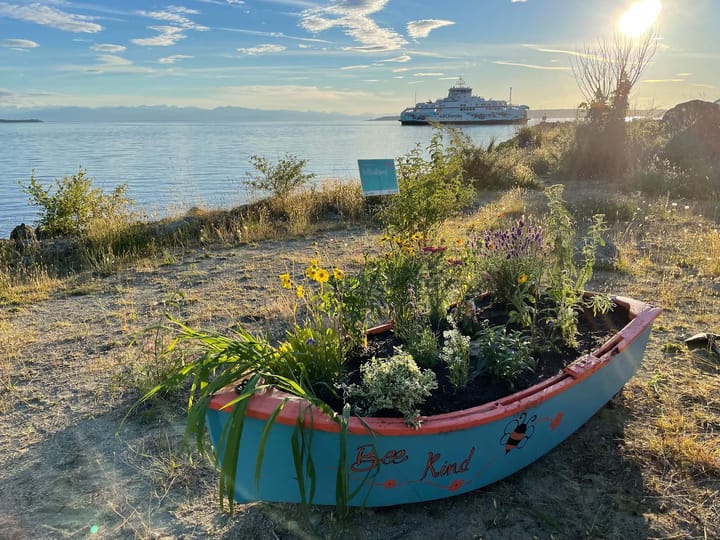

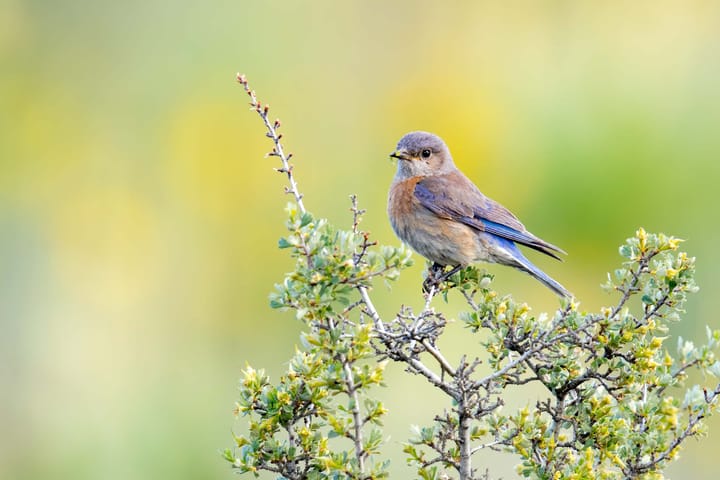
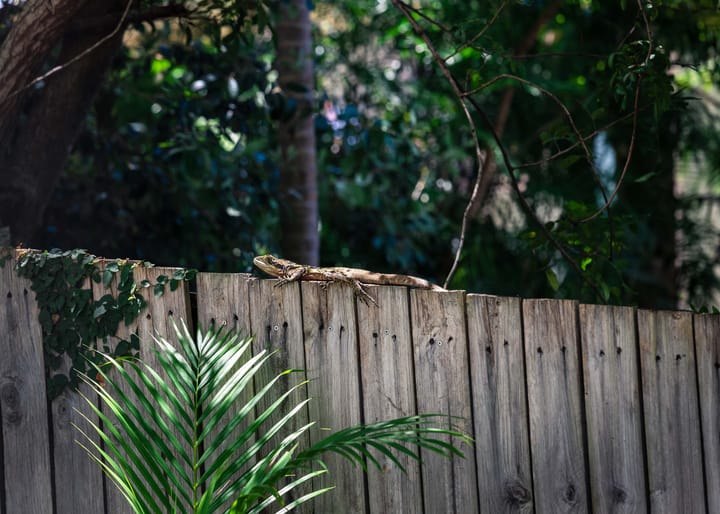
Comments ()